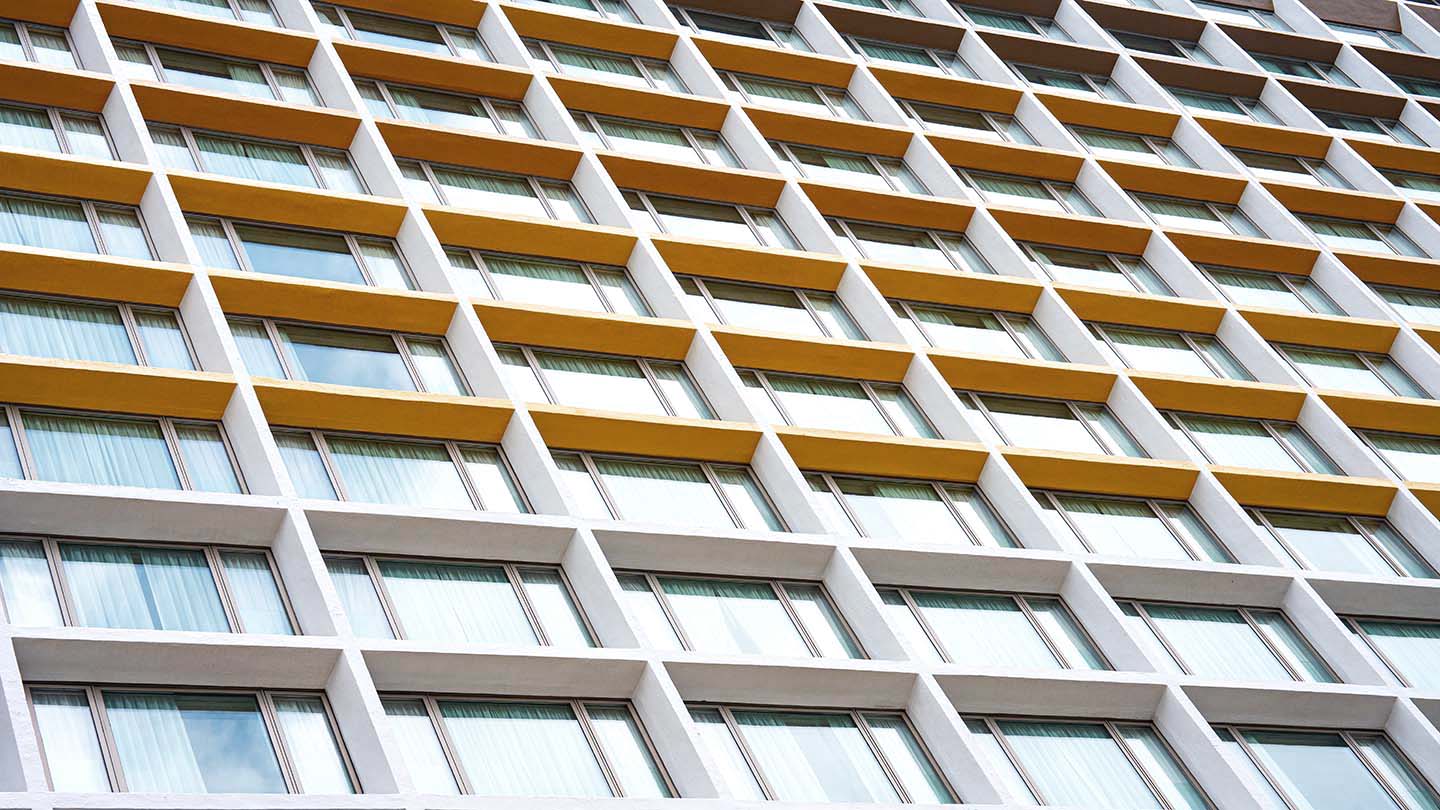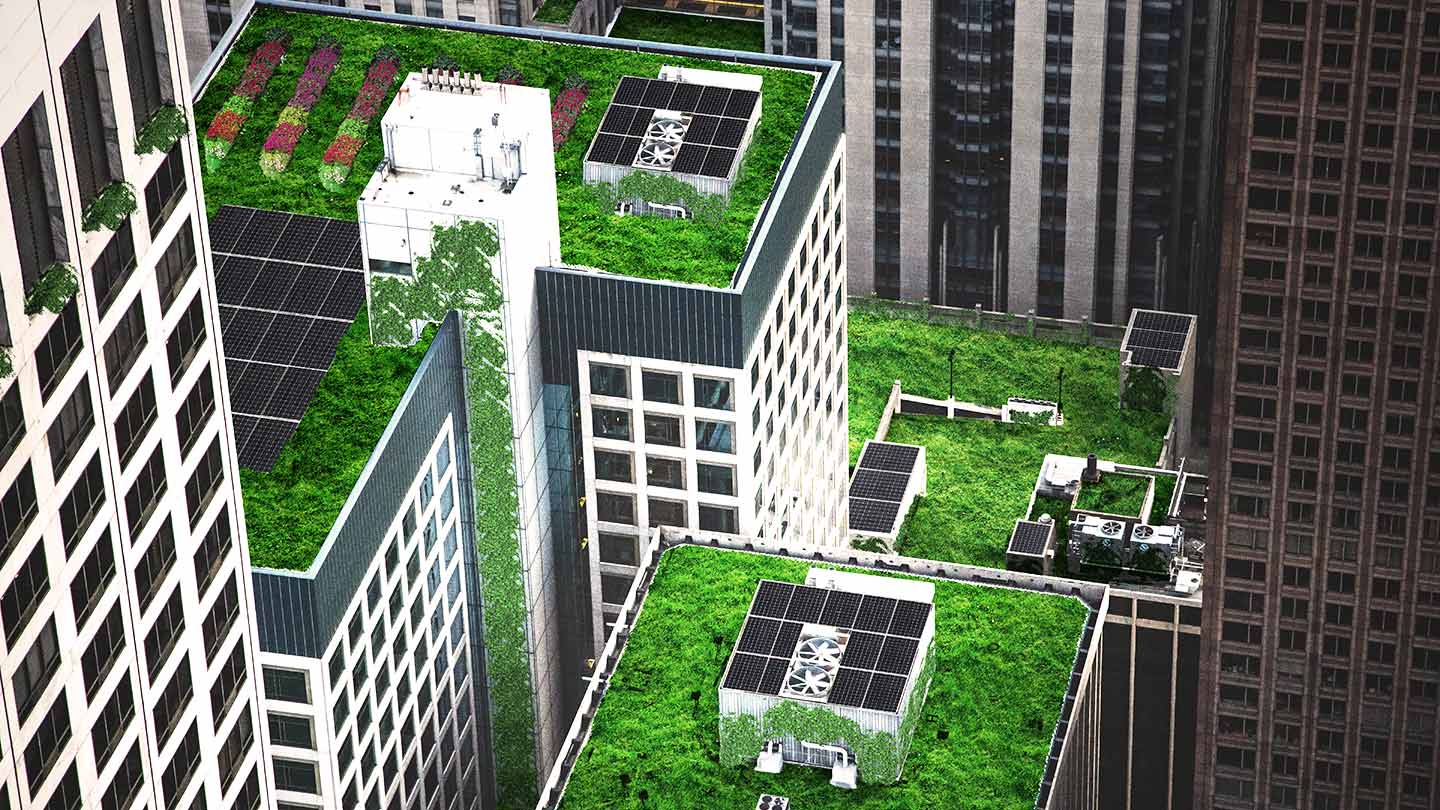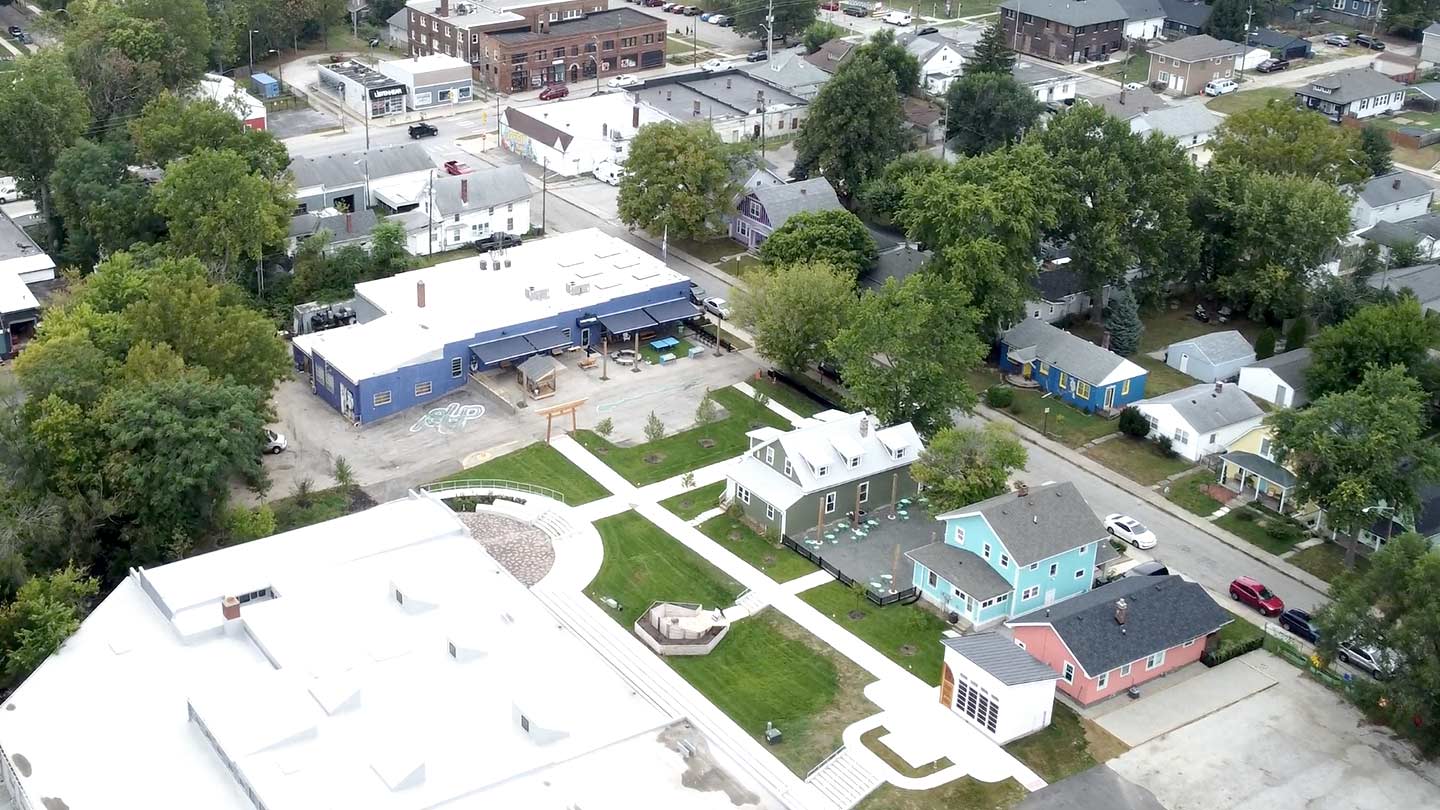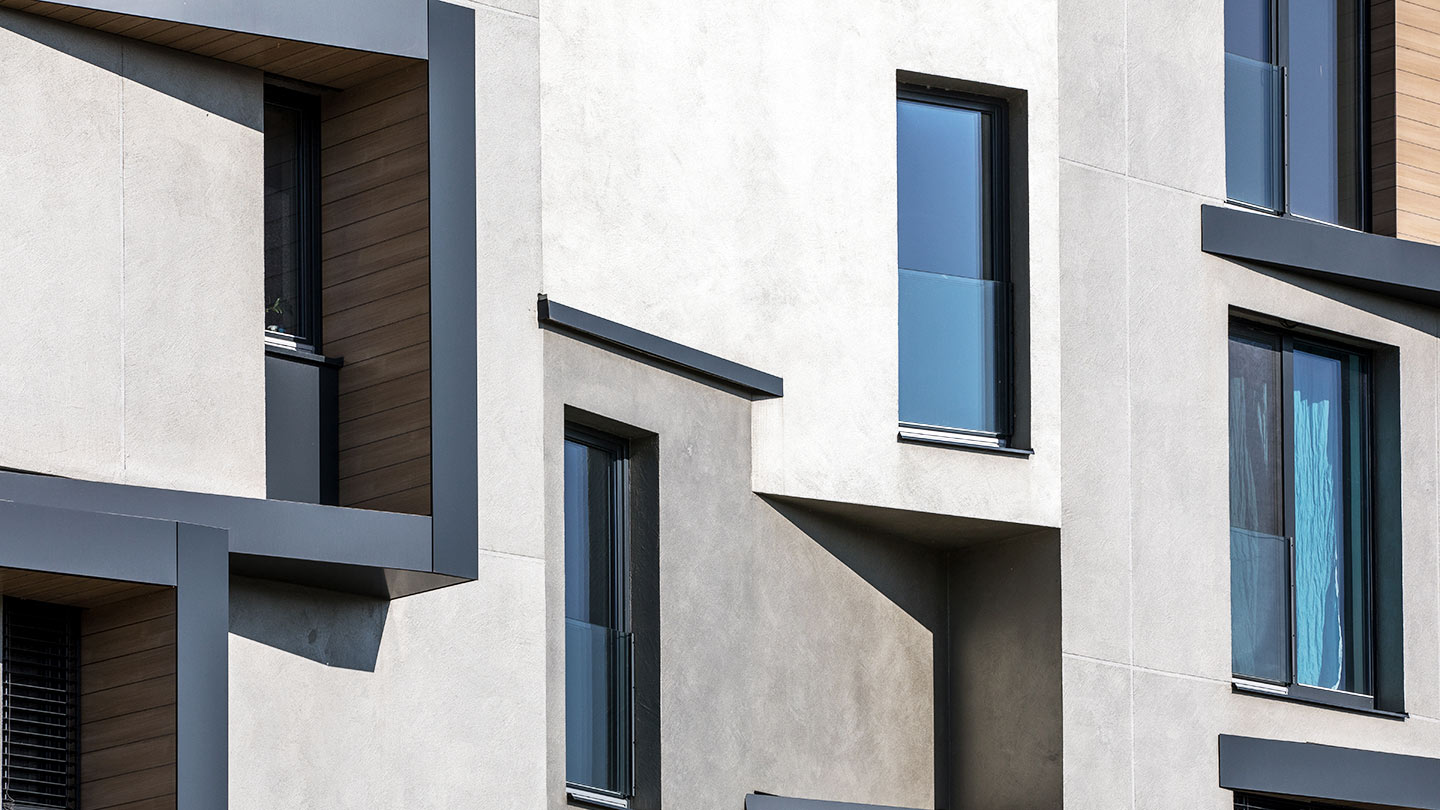
5 min read
While multifamily properties have performed well, they face rising operations, labor and maintenance costs.
To help reduce operating costs and drive efficiencies, operators can implement cost-cutting measures, including smart building technology, labor optimization, centralization and effective data use.
How smart buildings can help reduce operating costs
“Embracing technology unlocks efficiency and sustainability across all industries, particularly in the multifamily space,” said Witness Yi, Central Region Treasury Services Manager for Commercial Term Lending. “In today’s world of growing competition, operational bottlenecks and rising costs, leveraging technology not only keeps our clients’ costs in check but differentiates them from their peers.”
Smart buildings use advanced technologies to monitor, control and optimize building systems, which can help achieve operational savings by:
- Reducing utilities consumption: Integrated water management and monitoring solutions can provide consumption analytics and alerts to help operators manage consumption and reduce water waste. Likewise, smart HVAC systems provide precise control of temperature and air quality based on real-time environmental data and occupancy patterns, which can can increase energy efficiency and residents’ comfort.
- Increasing operational efficiencies: Automated controls may reduce the need for manual inspections and adjustments, so operators have more time to focus on complex issues.
- Lowering repair and maintenance costs: Predictive maintenance and early leak detection can prevent major disruptions, minimize the risk of major repairs and optimize system performance to extend lifespan and efficiency.
Implementing smart building technology
Once operators identify the problem they want to solve, there are two layers to implement and manage:
- Device layer: This is the foundational layer for optimizing building performance and reducing operational costs. These devices—the physical hardware and sensors integrated into a building's infrastructure—gather data on environmental conditions, utilities consumption and occupancy patterns.
- Software layer: The software layer is composed of digital platforms and algorithms that aggregate, process, analyze and act on the data the device layer collects. Software is crucial for property managers because it translates raw data into actionable intelligence, so they can make decisions more strategically. The software layer can also improve energy efficiency, help predict maintenance needs and increase resident satisfaction for smarter, more proactive building management.
Navigating labor costs with centralization and data
Reducing labor costs is a complex challenge for apartments and other commercial real estate properties. The industry continues to grapple with retention issues and a shrinking labor pool, making straightforward cost-cutting measures impractical and undesirable. Technology can help optimize the workforce while prioritizing employee satisfaction and retention.
Laying the groundwork with centralization
By centralizing operations, multifamily real estate operators can create a strong, cohesive operating model, essential for defining and streamlining tasks. Centralization can also help operators allocate resources more efficiently, which may reduce costs, improve service delivery and set the stage for effective technology implementation.
Plus, shifting toward centralization may reduce on-site staff requirements and expenses, and even foster greater job satisfaction through specialization and greater career opportunities.
To take it a step further, technology is needed to truly increase the operating leverage of centralized staff. That may be why top areas of centralization—sales and leasing, assistant property manager responsibilities and maintenance—overlap with the focus of many proptech companies.
Aggregating and acting on data
A critical aspect of leveraging technology is the effective use of data. Given real estate’s many manual processes and unstructured data, this isn’t an easy task.
Disparate systems and poor interoperability don’t provide effective, holistic insights. Property managers should work to streamline operations and aggregate data across systems into centralized repositories or data lakes. These lakes allow for testing, analyzing and eventually using data to make more informed decisions, or even automating decisions and tasks based on inputs.
Operators may use proptech to automate repetitive tasks, enhance customer interactions through AI and centralize tasks such as community management, leasing and maintenance. Prime areas for technological intervention include:
- Leases and renewal automation: Streamlining the leasing process can significantly reduce the time and administrative costs associated with repeatable process flows, manual paperwork and follow-ups.
- Resident screening: New technology can make the resident screening process more efficient with automated background checks, income verification and credit reports. Many solutions also come equipped with AI to help identify fake or tampered documents to help reduce the risk of fraud.
- Prospect and resident communication: Using digital platforms and chatbots can help reduce the volume of in-person interactions and streamline predictable, repetitive requests so staff members can focus on higher-value interactions with residents.
- Treasury services and payment solutions: Digital treasury tools can help improve cash flow management, promoting operational efficiency and driving growth for your business. Likewise, digital rent payment solutions can simplify the rent payment process for operators and residents, reducing processing time and minimizing the risk of late or missed payments.
How centralization and smart buildings can improve maintenance
Combining centralization and smart building technologies is critical to streamlining workflows and defining processes, as well as increasing efficiency and operating leverage.
Maintenance is one of the highest value implementation areas and may include:
- Predictive maintenance: Smart buildings can use sensors and advanced analytics to predict maintenance needs and equipment failures before they occur, which can reduce the need for emergency repairs, replacements and associated labor costs.
- Automation: Implementing software and mobile apps that automate work orders, scheduling, task management and reporting can increase efficiency and productivity.
- Remote monitoring and asset tracking: The combination of remote diagnostics, building system monitoring and precise equipment tracking can reduce the need for on-site visits and the length of inspections.
- Better communication: Digital communication tools facilitate real-time updates and coordination among maintenance teams, streamlining workflows and reducing the downtime of building systems, which can reduce operating and labor costs.
Looking to the future
In the process of seeking efficiency gains, it’s critical operators avoid diluting the resident experience. To prevent this from happening, operators should regularly evaluate the resident journey and staff workflows to ensure a healthy balance between revenue growth and cost cutting. Technology can be a pivotal tool in this balancing act, helping operators to enhance efficiency without sacrificing the quality of service that residents expect and deserve. Through smart building innovations, labor optimization, centralization and effective data use, operators can reduce expenses and enhance operational efficiency.
Find out you can gain a competitive advantage with smart building technology and a real estate as a service business model.







